Department of Transportation
Latest
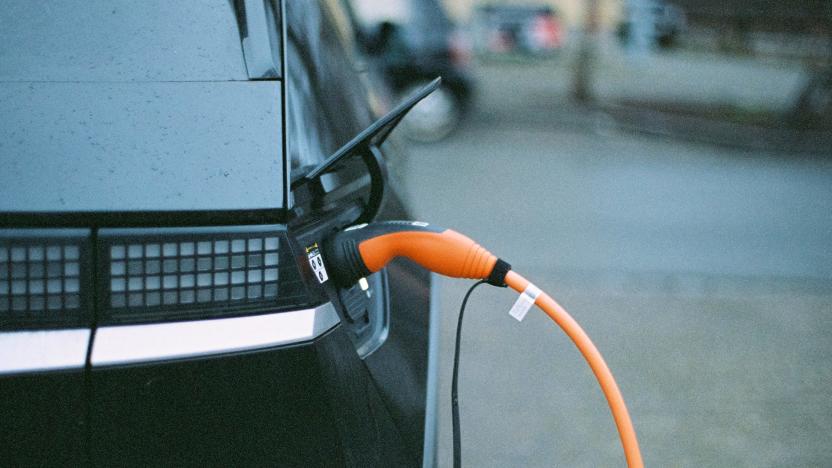
US government opens $2.5 billion in funding for community EV chargers
The Biden administration has opened access to $2.5 billion in funding for EV chargers in communities.
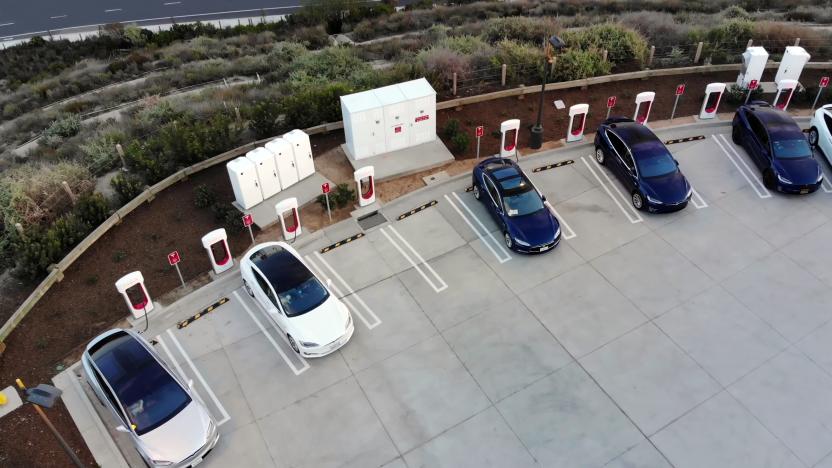
Department of Transportation approves EV charging plans for all 50 states
The government is immediately making $1.5 billion available to fund charging stations along highways.
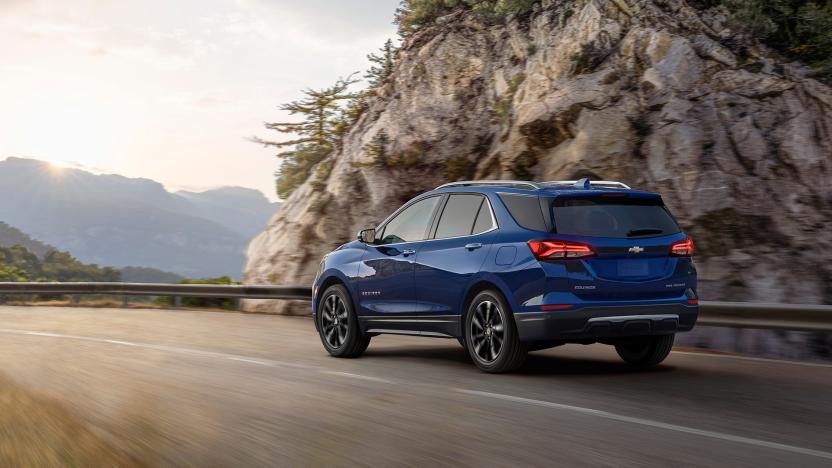
GM's vehicle data might help make roads safer
GM and Inrix are joining forces on a program that will share car data with the government to improve road safety.
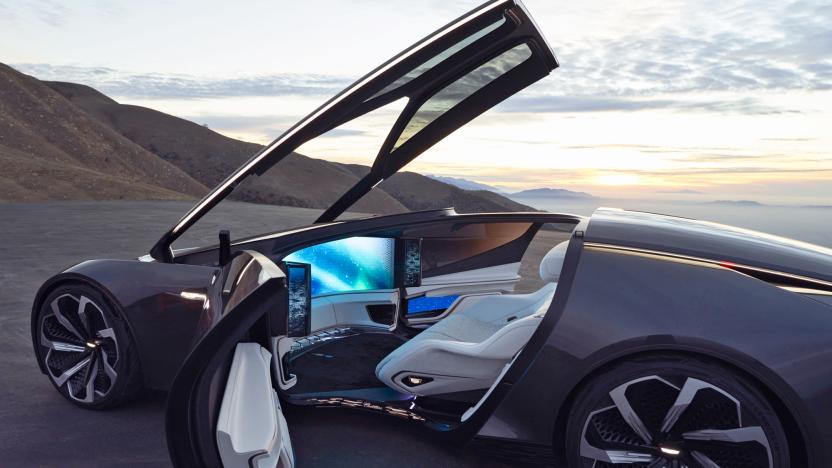
NHTSA greenlights self-driving cars without manual controls
Ditching the steering wheel and pedals could enable a new class of autonomous vehicles.

FedEx wants to equip cargo aircraft with anti-missile lasers
FedEx has asked US officials for approval to install anti-missile laser systems to protect its aircraft from attacks.
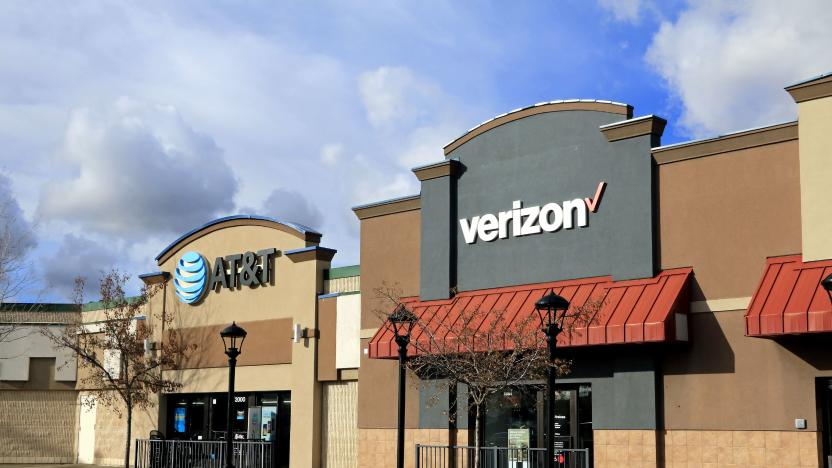
AT&T and Verizon reject US call to delay 5G expansions over interference
AT&T and Verizon have dismissed a US request to delay their 5G expansions over interference issues, instead suggesting a compromise.

Bipartisan infrastructure bill could require cars to include anti-drunk driving technology
Nestled in President Biden’s sprawling 2,702-page Infrastructure Investment and Jobs Act is a provision that could one day require vehicles sold in the US to come with alcohol-detection systems.

US Transportation Secretary Elaine Chao resigns
Transportation Secretary Elaine Chao has resigned from her position.
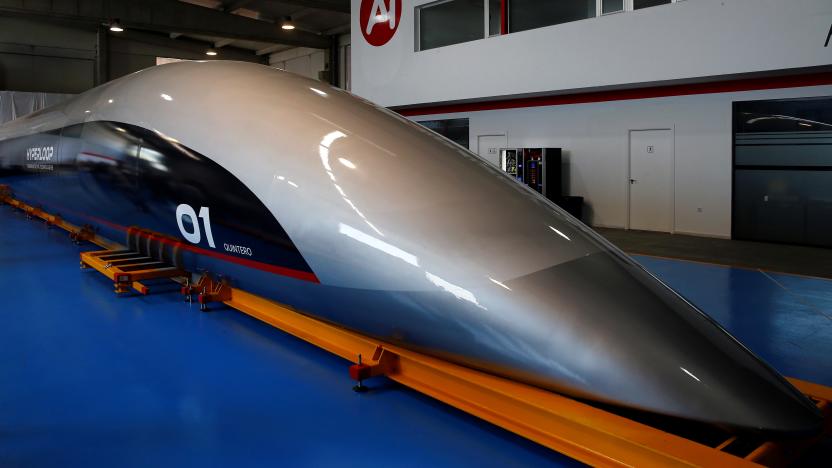
Hyperloop projects are now eligible for federal funding in the US
The DOT has issued guidance on a federal regulatory framework.
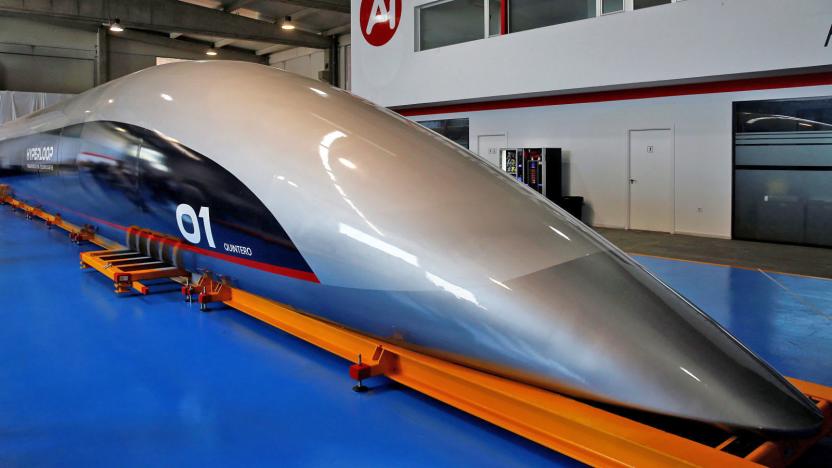
US DOT forms council to support emerging transportation tech
Secretary of Transportation Elaine Chao has announced a council aimed at supporting transportation projects including hyperloops and self-driving cars. The Non-Traditional and Emerging Transportation Technology Council (NETT) hopes to make sure the Department of Transportation's complex structure of various administrations doesn't impede companies from deploying such tech.

FAA will require drones to display registration numbers externally
Drone owners will soon need to display their device's registration numbers on the outside of the craft, the Federal Aviation Administration has declared. The agency, which last month proposed looser restrictions on drone night flights, posted the rule on a Federal Register preview site. The directive is set to take effect on February 23rd -- you'll need to mark the ID number on your drone's body by then.

Waze maps respond to road closings
Waze (free) is a fun mashup of GPS navigation, social networking and gaming apps that uses the information gathered from the location of users' phones to offer directions and live traffic reports. As reported by Joshua Brustein of the New York Times Bits blog, Waze is now able to change maps in real time to reflect temporary road closures. Waze gathers traffic speed info from drivers' phones, and currently has about 40 million users contributing to the stream of data. Unfortunately, if a road is closed suddenly because of weather or a bad crash, the Waze system has no way of knowing about the closure to change maps accordingly. The folks at Waze decided to call upon drivers for help. Drivers currently get "points" for allowing the app to track their speed or by pointing out construction and speed traps. If drivers are stopped due to a closure, they can now report it for extra points. As Waze's algorithms begin to receive more and more driver verification of a road closure, the system begins routing other drivers around the blockage. Waze is also being used in some other new ways in the aftermath of Hurricane Sandy. The company worked with the Federal Emergency Management Agency to pass along information about gas stations that were out of fuel, allowing the agency to deploy its refueling trucks where they were needed most. Waze is also now supplying information to the Georgia Department of Transportation to help create reports for electronic traffic signs on major highways and plans to expand that program more in the future.

Google's self-driving cars will return to roots, tour California
Thanks to a new law passed in California, Google's driverless cars might soon be stuck in its traffic with all the other hapless commuters. Although they won't hit the highway yet, like they can in Nevada, the bipartisan bill will allow bureaucrats to craft safety and performance standards -- letting the robotic rigs roll (with licensed minders) in the near future. Joining Hawaii, Florida, Arizona and Oklahoma with similar legislation, the state hopes to reduce carnage on the roads caused by human error, and is backed by Google, the California Highway Patrol and various civic, auto and tech clubs. Of course, given that it was birthed in Google's Mountain View X lab, it's only natural that the autonomous EV should be allowed to roam free on its home turf.

Nevada lets Google's driverless car hit the open road, requires it to bring a driver
Driving through Las Vegas can be distracting -- bright lights, sun-powered death rays and international Consumer Electronics Shows have a tendency to catch a geek's eye -- good thing, then, that Nevada's deemed Google fit to test its autonomous automobile on public streets. The state's Department of Transportation was tasked with penning a set of safety standards for self-driving cars last June, and is now letting the cars run amok on city streets, with a few restrictions. Mountain View's three test vehicles, for instance, will need to haul a carpool of at least two passengers before driving down the strip, one person to take the wheel in case of an emergency, and another to monitor a computer screen that details the car's planned route. Test vehicles will also don red license plates and an infinity symbol to mark them as self-driving prototypes. Nevada DMV Director Bruce Breslow says those plates will be green once the vehicles are ready for market, something he hopes to see in three to five years.

NHTSA issues 'distraction guidelines' proposal for in-vehicle electronics, MyFord Touch frets
With companies like Tesla and Ford replacing tactile, in-dash systems with touchscreens and gizmos, the National Highway and Transportation Safety Administration wants to set "distraction guidelines" for how automakers implement factory-installed in-car electronics. Nearly a year after discussing the possibility of bringing restrictions to in-car information, US Transportation Secretary Ray LaHood unveiled phase one of a (potential) three-part, "first-ever federal proposal" loaded with suggestions for keeping driver's eyes and attention on the road. Notably, these voluntary guidelines take aim at "communications, entertainment, information gathering and navigation devices or functions that are not required to safely operate the vehicle." According to Reuters, though, the Alliance of Auto Manufacturers claims that "elements" of the guidelines have been in practice for nearly ten years. The ideas range from ensuring that one hand is always left free for steering and restricting the entry of text, such as an address, unless the your car is in park, to limiting in-dash text prompts to "no more than 30 characters of text unrelated to the driving task" so that your eyes can't wander off of the road for too long. Passengers, of course, would be free to do whatever they wish. Vehicles under 10,000 pounds are said to be the primary focus, with the NHTSA noting that electronic warning systems will not be on the radar as they intend to help drivers, well, drive. Before the proposal spins into action, beginning in March it will be up for public comment for 60 days L.A., Washington D.C. and Chicago. Depending on how the phase one guidelines pan out, phase two will focus on devices brought into vehicles, like cellphones, while phase three would set its sights on voice controls. If you're curious about all of the specifics, you'll find more info in the press release after the break and the full proposal draft at the source link below.

LightSquared faces Congressional hearing over proposed 4G network, submits revised plan
The LightSquared Express rolled in to Washington yesterday, where the House Committee on Science, Space and Technology held a hearing on the company's proposed 4G LTE network and its potential impact on GPS systems. According to some, the ramifications could be disastrous. David Applegate, associate director of natural hazards at the US Geological Survey, told legislators that interference with GPS mechanisms would make it more difficult for authorities to predict floods, landslides and volcanic eruptions, with a representative from the National Oceanic and Atmospheric Administration adding that LightSquared's ground-based mobile network would pose challenges to weather forecasters, as well. The Department of Transportation also chimed in, telling the committee that the network would likely have an effect on systems used to prevent train collisions and, like other administration witnesses, called for further testing. LightSquared Executive Vice President Jeffrey Carlisle, meanwhile, defended his company's proposal, pointing to an amended version submitted to the FCC on Wednesday. In the revised document, LightSquared offered to reduce the network's power levels further, while providing a stable signal for GPS augmentation services to use at higher frequencies. "This is not a zero-sum game," Carlisle said, adding that only 500,000 to 750,000 high-end GPS services would be affected by LightSquared's low-frequency alternative (which, the company claims, will cost an additional $100 million to implement). Any interference issues, he continued, stem from pre-existing receiver problems that the GPS industry should've addressed by now. Most of the lawmakers sitting on the panel acknowledged the need to establish broader wireless coverage, but stressed the importance of doing so without jeopardizing critical transit and emergency response systems, with some calling for additional testing. Carlisle countered that previous tests have provided sufficient feedback, but ultimate approval lies in the hands of the FCC, which has not yet offered a timetable for its decision. Hit up the source link to read LightSquared's revised proposal, in its entirety.

NYC to trial mobile payment parking system, Lovely Rita looks for a new gig
Tired of burning your hard earned cash on parking fines? You might wanna move to New York City, where the Department of Transportation will soon begin testing a "pay by phone" parking system. The mobile payment technology, which has already been introduced in cities like Washington, DC and Atlanta, essentially allows drivers to pay for their parking spots without ever having to interact with those menacing, metallic meters. After registering online, users would be able to pay for curbside real estate by entering the number of the nearest meter and the amount of time they'd like to purchase into a customized app, or by texting it to the city's Department of Transportation. The system would also alert users whenever their allotted time is about to expire, allowing them to add more money directly from their handsets, rather than trudge back their cars. At this point, the plan is to roll out the pilot program to some 300 parking spots over the next few months, most likely in outer borough neighborhoods with plenty of commercial outlets and, presumably, automobiles.

Nevada prepares itself for the imminent rise of driverless cars
Driverless cars are still a way's away from hitting the mainstream, but when they do, the glorious state of Nevada will be ready for 'em. This week, the state passed a new law that will require its Department of Transportation to "adopt regulations authorizing the operation of autonomous vehicles on highways within the State of Nevada." More specifically, the DOT will have to cook up a set of safety standards for self-driving vehicles, and designate specific areas in which they can be tested. Invisible drivers immediately hailed the decision as a watershed victory in their ongoing struggle for civil rights.

AeroVironment to light up I-5 with EV chargers, add 'Oregon Trail' to the Green Highway
Retire your oxen and sell your wagon, the Oregon Trail just went electric. Okay, not the real, historic Oregon Trail, but a respectable 150-mile stretch of Interstate Five. The Oregon Department of Transportation is teaming up with AeroVironment to dot an undisclosed number of 480-volt Level 3 chargers between the California / Oregon state border and the Willamette Valley area as part the West Coast Green Highway initiative. The project aims to cover the entire I-5 corridor with electric vehicle chargers, spanning from the tip toe of the Golden State, all the way up to Washington's hat. Oregon's leg of the project should be ready for drivers this fall, making roadtrips to the Beaver State accessible to EV owners -- dysentery free. Hit the break for dry, but factual press release.

Transportation Department to propose mandatory black boxes in passenger vehicles?
A few years back, the Department of Transportation recommended that auto makers give car owners a heads up when they slip event data recorders -- also known as "black boxes" -- into new models. Now, it looks like the department is considering taking its policy a step (or several) further: a memo reveals that the National Highway Traffic Safety Administration plans to propose later this year that all new passenger vehicles have EDRs. So far, heavy-duty vehicles appear to be excluded, and either way, it's unclear how many years auto makers might have to work black boxes into their future models. Interestingly, when we asked a DoT staffer for clarification, he reminded us that the agency hasn't issued a press release and said he wasn't sure where Wired and other outlets were getting their information. Indeed, the Transportation Department hasn't proposed such a law yet, though it's pretty safe to say it's at least pondering it. Hit the source link to pore over the 197-page doc for yourselves (tip: we suggesting paying particular attention to page 54). [Warning: PDF source link]









